A guide to the most common styles of this Japanese specialty, from broths to noodles to toppings.
Japan is home to more than 32,000 ramen shops, many of which are packed with lines winding out the door. What has become the unofficial national dish of the country – defined as a wheat noodle soup – originated from China centuries ago and was named “ramen” as a Japanese adaptation of “lamian,” the Chinese wheat noodles.
According to the Yokohama Ramen Museum, ramen arrived in Japan from China in 1859. Since then, the soup has evolved from a cheap, quick meal option to a dish even awarded with Michelin stars. In Japan, tiny ramen shops with only a handful of counter seats are hidden in subway stations, on shaky stairs in inconspicuous apartment buildings, and between stores throughout the city. Guests often sit shoulder to shoulder, slurping noodles and watching as ramen shokunin (masters) quickly cook noodles in boiling water while simultaneously ladling the boiling soup into bowls, as if it were choreographed.
While four main types of ramen broths have emerged (as listed below), it is important to understand that ramen in Japan is extremely regional, and countless other styles exist. For example, those living on the southwestern island of Kyushu eat tonkotsu (pork) ramen. However, more specifically, each prefecture on the island – and sometimes even specific cities within the prefectures – prepares its own, more nuanced version of the noodle soup. While there truly is an infinite world of ramen, we have compiled a generalized guide to the most common styles.
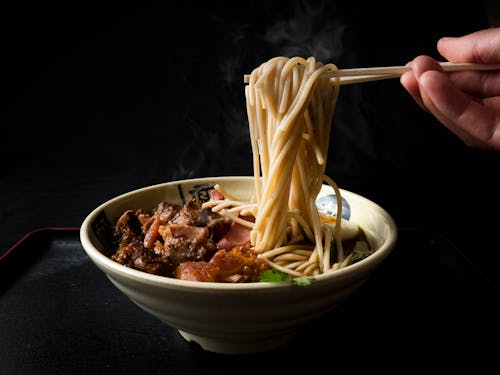
The Most Popular Ramen Types in Japan
Ramen is typically classified by broth flavor, with three particularly common categories: shoyu (soy sauce), shio (salt), and miso. A fourth, tonkotsu, refers to the base ingredient of the broth, not the flavor. However, contemporary ramen chefs over the past 30 years have departed from these categories, creating soups flavored with everything from clams to blue algae.
- Shoyu
Shoyu is the Japanese word for soy sauce, and this lighter type of ramen – which can appear clear-brown or dark and cloudy – is seasoned exactly with that. It is the most common type of ramen and was invented in 1910 at a ramen shop called Rairaiken in the Asakusa district of Tokyo. Although soy sauce may sound like a commonplace ingredient, chefs serving shoyu ramen do not use the type of soy sauce one might have at home. Instead, they make their tare, or base sauce, from a secret blend of ingredients such as dried seafood, dried mushrooms, and herbs. The tare is often mixed with a chicken broth base.
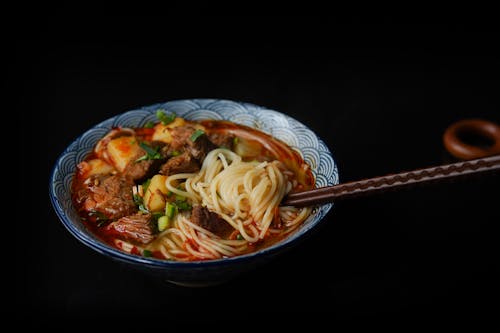
- Shio
Shio (or salt) ramen is often made from a chicken broth but can also include pork or seafood. This lighter and more delicately flavored ramen, which also contains less fat and oil, is often clear and is the saltiest of the group.
- Miso
As the name suggests, miso ramen is seasoned with the fermented soybean paste of the same name, which can be made from soybeans, rice, or miso and can be white or red in color. This umami-rich style of thicker and more complex ramen originated in Hokkaido Prefecture in Japan but has since spread throughout the country.
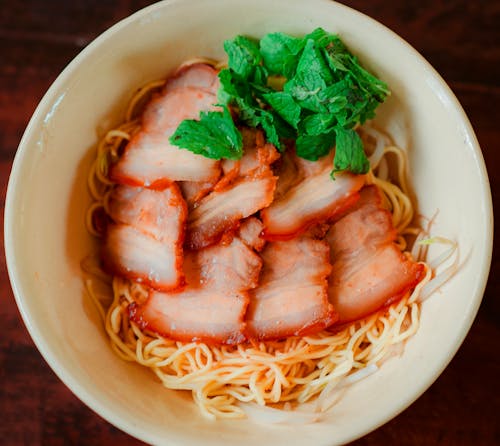
- Tonkotsu
One of the richest ramen types ever, tonkotsu – born in Fukuoka Prefecture on the island of Kyushu – has eventually spread throughout Japan, with each prefecture and sometimes even specific cities inventing their own style. Tonkotsu is a thick, creamy, and complex ramen made from boiled pork bones. The bones break down and release collagen as they cook, meaning tonkotsu can be so thick that it coats the back of a spoon. Tonkotsu shokunin often enhance their already rich broth with pork or chicken fat.
A popular sub-type of tonkotsu ramen is Hakata ramen, which also originated in Fukuoka. This particularly milky-white, extra-rich tonkotsu is often served with thin, firm noodles and minimal toppings. The reason for this is that the shop that invented Hakata ramen was just a stand without chairs, so it made sense to serve quick-cooking thin noodles for fast customer service. Other regions of Kyushu serve thicker noodles and different variations of tonkotsu broth.

Outliers
Of course, there are countless ramen varieties that do not fit into the above categories. And one of the most common types is what we now call tsukemen, formerly known as morisoba. Tsukemen chefs serve separate bowls of rich and creamy pork soup alongside chilled, thick, and chewy noodles. The guest dips the noodles into the soup and then slurps them up.
Another variant of ramen – typically served hot – is the chilled hiyashi chuka. Chefs usually serve this Chinese-inspired, broth-less ramen style only in the summer (but in the Sendai region, it is available all year round). It consists of chilled ramen noodles and various toppings, seasoned with a soy or sesame-based sauce. Then there’s abura soba (served warm) and mazemen (served warm or cold), which are similar variations of broth-less ramen tossed in an oil-based sauce.
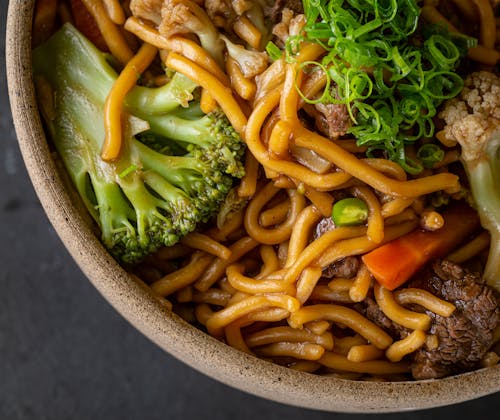
Types of Ramen Noodles
In addition to the broth, the second important element of ramen is the noodles. Some ramen shops serve thick and chewy noodles, while others offer thinner, less glutenous specimens. The noodles are usually long and can be straight or wavy in shape. Some shops make their noodles à la minute in front of customers, while others buy from an external producer. Ramen noodles, also called soba (not to be confused with buckwheat soba noodles), are made from wheat flour, egg, salt, and kansui mineral water. And it is this alkaline mineral water that gives ramen noodles their unique chewiness, flavor, and color. Some ramen shops allow customers to customize their noodles by thickness (thin, regular, thick) or cooking level (regular, firm).
Ramen Toppings
While ramen is usually served with specific toppings, chefs often allow customers to add extra toppings. Common additions include extra orders of thinly sliced, fatty-marbled braised or roasted pork (chashu), bamboo shoots, seaweed, green onions, bean sprouts, fish cakes, soy-marinated boiled eggs, and mirin.
Hope this helps! Let me know if you need further assistance.


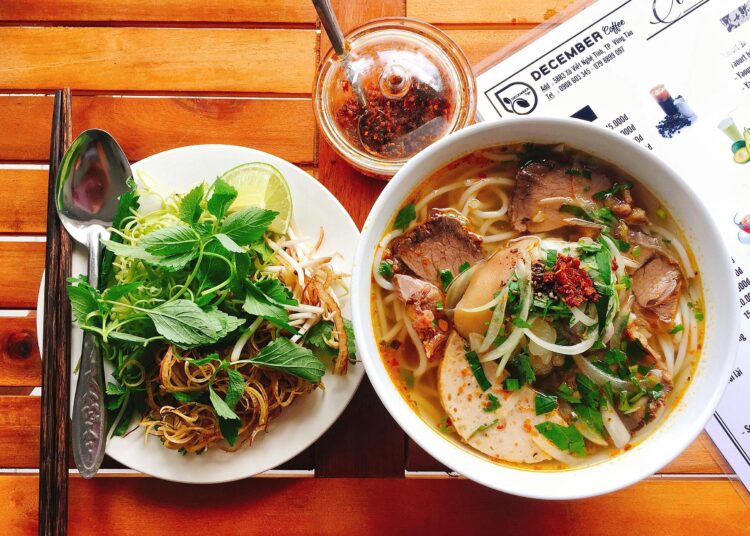








Discussion about this post